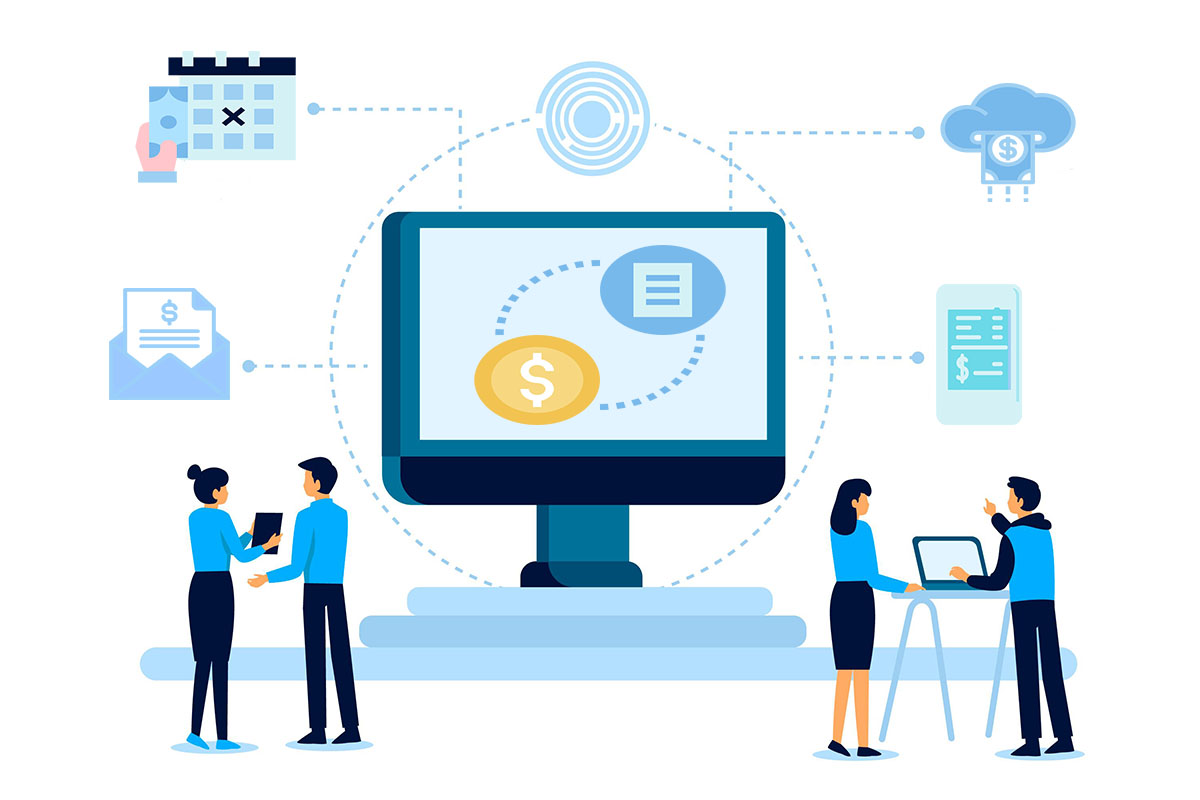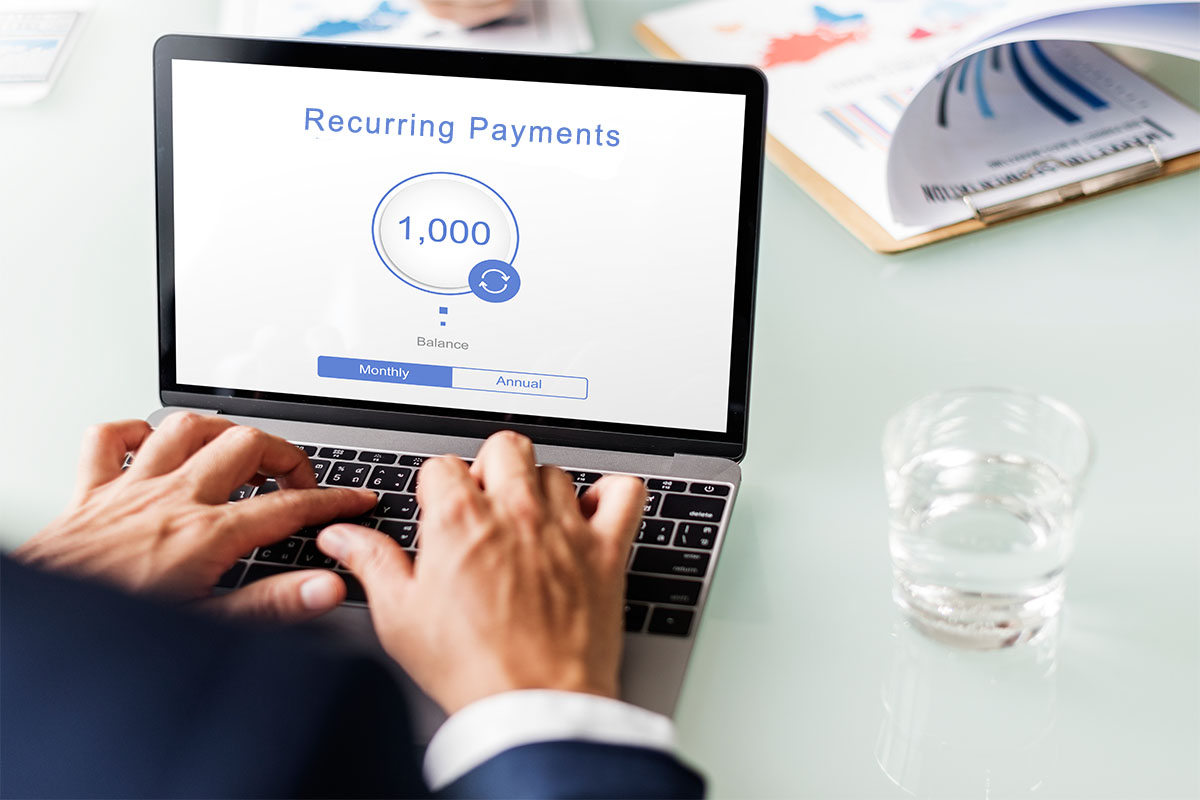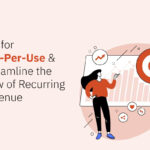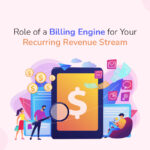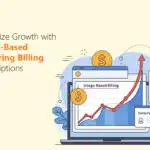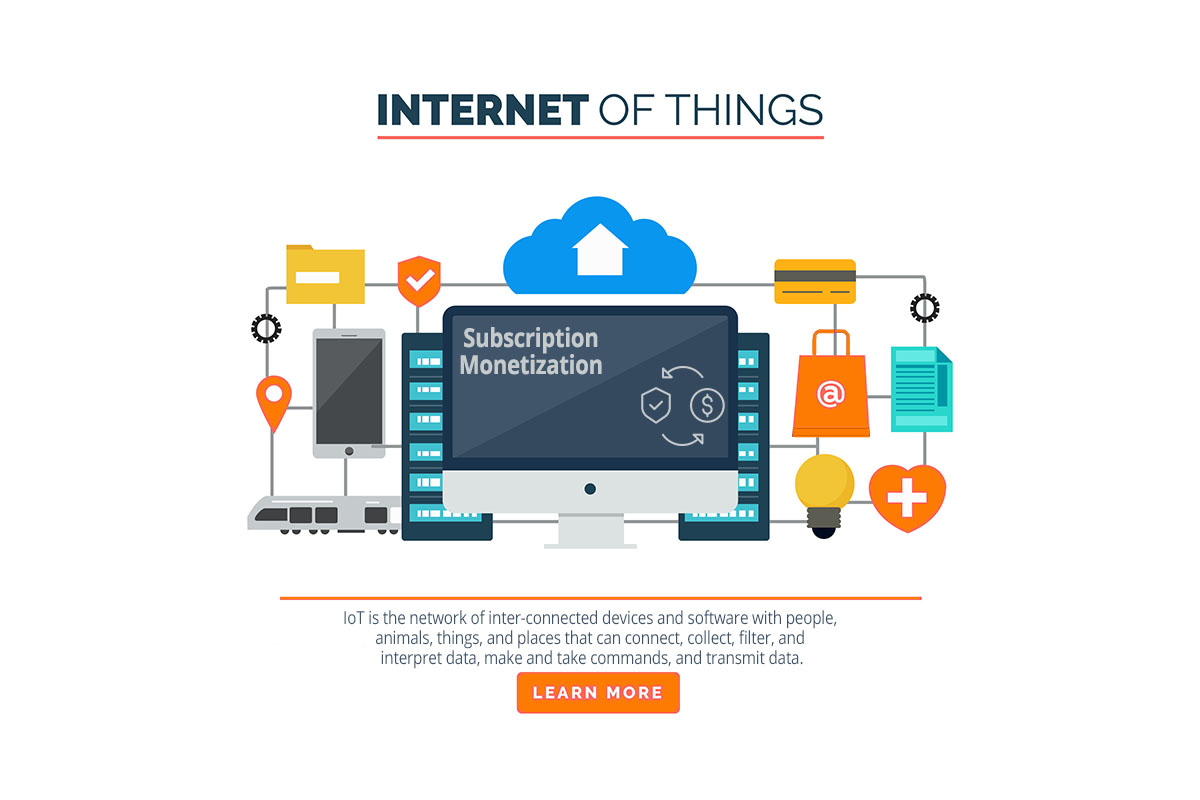
IoT-led Subscription Monetization—Smart Recurring Billing Can Create Connected Smarter Future
IoT has been buzzing for a long, but the time has come where IoT has been established as a reality that is fueling the business landscapes and the global economy. IoT in combination with Artificial Intelligence is paving the way for the advancement of technology.
IoT has been labeled as the new-age industrial revolution that has been changing the meanings of networking and connectivity, data management, and digital transformations.
IoT laid the foundation of smart transportation, smart homes, smart workplaces, smart entertainment, smart healthcare, and smart industries with connected gadgets.
If these devices exist, they can be monetized, and, if they can be connected, their connectivity can be monetized as well. This is how IoT is also paving the ways for tech-led economy upscaling that are creating avenues of profits and revenue growths across the industries and businesses.
Also Read: How AI-Based Subscription System Can Benefit IT Startups to Grow Revenue Empire
Connected Future’s Future and IoT—Internet of Things
The much-buzzed term IoT is a revolution in technology that has been establishing as a network of inter-connected devices, sensors, software, and instruments with people, animals, even, places that can connect, collect data, filter data, interpret data, make commands, take commands, and share data between the devices, systems, and networks.
This collection and exchange of data with each other enable devices to interact, collaborate, and, learn from each other’s experiences just like humans do.
Here are some IoT gadgets that have already started creating business opportunities and are garnering interest and attention in the digital transformation of living:
-
Smart Wearables
These are probably the most popular IoT devices. It includes smartwatches, smart glasses, health trackers, fitness trackers, and others. These wearables are used to track and trace the location, weather, and surroundings, monitor physical as well as mental well-being, or follow fitness objectives. These smart wearables are the most profitable IoT products in the market.
-
Smart Voice Assistants
It is one of the other most-popular IoT applications. The voice assistants are the IoT-enabled devices and apps that can be integrated with mobile phones or computers. They take voice commands and serves the purpose by sharing the information with other interconnected devices through the internet to resolve the query. These devices can also control and manage other IoT devices.
Amazon’s Alexa is its most popular example.
-
Smart Locks
Smart locks are introduced to control access to enter or exit for anyone, and, remotely. These locks are more secure and ensure more protection than digital keys. Smart-lock keys can be shared with multiple people with the help of smart-lock apps connected to IoT smart locks. They can track the day and time of the entry and the exit made as well as the duration of stay.
-
Smart Security Cameras
Smart security cameras allow real-time and controlled monitoring simple, available, and instant. They are equipped with voice detectors, motion sensors, audio-controllers, mic, and more. They can hear the sound, send the voice, live-streaming, zoom the picture or video, intensifies the audio, detect the unwanted person or thing in the scene, and more. It allows managers and executives to monitor their employees, visitors, office premises, surroundings, procurement and delivery of the inventory or products, etc.
-
Smart Lights and HVAC (Heating-Ventilation-Air Conditioning) and Heat-Mapping Applications
Smart lights, HVAC systems, and thermostats are all energy-saving and energy-cost saving solutions. It reduces operational costs, evaluates energy consumption trends for better power management, even can sense the presence and motion.
Similarly, a heat-mapping application is used to find the congestion or emptiness in any corner of the property. In combination with smart locks and smart cameras, it helps in better security management.
These smart-systems are already available in the market for homes, workplaces, and commercial places.
-
Smart Fulfillment and Retail
Smart data-logging sensors are used to assist the secure management of the inventory, procurement, shipping, and delivery operations of the products. They are used to track and monitor deliveries and delivery vehicles. Likewise, barcode and radio-frequency identification scanners are used to track the inventory, manage merchandise, and prevent item losses.
What Is Meant By IoT Monetization?
Today, the Internet of Things has manifested in the forms of some of the popular and available IoT applications, includes smart homes, wearables, smart cities, smart industries, and connected cars.
These connected devices, sensors, software, people, places, and others together as well as separately can be monetized.
In the real world, IoT devices and IoT services are being monetized through the recurring billing or subscription model, whereas monetization of IoT Data, still, is an untapped recurring revenue resource.
IoT subscription monetization is the process of billing customers on a recurring basis through IoT-enabled devices, connecting software, and services.
Studies suggest that by the end of 2020, more than 50 million devices will be connected which would lead to attracting an incremental revenue of more than USD309 billion in the IoT-led economy.
The numbers are speaking for themselves. This is definitely great news for businesses monetizing the IoT trend.
IoT Monetization Models
IoT Monetization encompasses these areas:
- Monetization of IoT Devices
- Monetizing IoT Data
- Monetizing IoT Services as Solutions
- Monetizing IoT as Platform
Let’s explore what these subscription monetization models are and how they can be used to generate incremental recurring revenue:
-
Monetization of IoT Devices
It refers to the monetization of the inter-connected devices that can facilitate the user to control various functions through inter-connectivity features.
Smart cars, smart air conditioners, smart lights, smart cameras, wearables, and other smart devices connected to mobile phones and other digital devices via apps through the internet are some of the most highlighted IoT products that are established on subscription monetization.
Apart from the one-time purchase of IoT devices, the sensors or software connected with IoT devices can be made available on a subscription and can be billed on a recurring basis. IoT devices need constant updates and maintenance that can be managed by the operating software and frees the user from all the hassles to maintain the device in accordance with the connecting software.
-
Monetizing IoT Data
Today, data unarguably is the most valuable asset for scaling business, technology, living, and future of the mankind. Using data as a product to sell is an upward trend that can flood the recurring revenue stream with profits.
Infonomics is the term used for producing and consuming data to sell it. Billions of dollars are being invested to investigate infonomics and its impact on various areas of life to manifest the dream of a connected future.
But, the raw data serves no purpose. This data needs to be organized, filtered, and refined to identify the patterns and trends. Combining AI and IoT can lead to a formula for the monetization of IoT data that can be collected, refined, organized, and tailored to sell it to any entity to make it revenue opportunities for other businesses as well.
The data collected from IoT devices can be analyzed through data analytics to understand customer patterns and expectations. This data can be leveraged by the companies to offer new products or features or to improve the user experience.
One of its examples is the smart metering devices that not only facilitate remote reading, they also provides data that explains the behaviors of consumption, power failure reasons, power-consuming devices, etc.
-
Monetizing IoT Devices and Services as Solutions
Monetization of IoT services can be the most attractive type of IoT-led subscription monetization. Offering connected devices and organized data as a solution. Connected cars with access to information like navigation, traffic updates, car health, fuel status, AI-led recommendations, or suggestion can be an example.
Likewise, wearables are also being monetized as the IoT-led subscription monetization model.
-
Monetizing IoT Devices, Software, and Network as Platform
Multiple inter-connecting devices with multiple applications for multiple purposes from a single platform is the ideal IoT-led subscription monetization model. The unified view also eases the collection of data and its interpretation as various solutions. Using IoT devices and services from different vendors increases the costs and hassles.
The IoT platform can earn revenue from multiple resources such as users, third-party service providers, and IoT product manufacturers by just facilitating the inter connectivity through the platform.
IoT Subscription Monetization Pricing Models
The best thing about subscription monetization is the flexibility and opportunity of charging a customer in a way that can best current the recurring revenue in the streams: Based on the software, services, devices, connectivity, consumption, quality, quantity, or bundling, IoT subscription monetization offers a dozen of pricing models.
Some of the most popular subscription pricing models include:
One-Time IoT Device + IoT Services Subscription Pricing Model—The customer can purchase a device with a one-time upfront cost and later subscribe to the inter-connectivity feature.
Recurring Billing Model—Customer can access the IoT network on a recurring base and is entitled to pay after every definite billing cycle.
Pay As You Go—It is also known as the metering model. It is based on the usage of the services.
Pay As You Grow—it is based on how the IoT subscriptions are scaling.
Pay Per IoT Device or IoT Solution—Multiple IoT devices can be interconnected for one or multiple purposes. This can be charged per device, per service, per user, per solution, or others.
How to Manage IoT Subscription Monetization
SubscriptionFlow is a highly agile recurring billing and payment processing software that can not only support multiple pricing models and offer price optimization, it also automates the process of subscription billing and management with SaaS reporting and cross-platform data leverage through integrations.
Find the recurring revenue solutions for IoT subscription with SubscriptionFlow.






